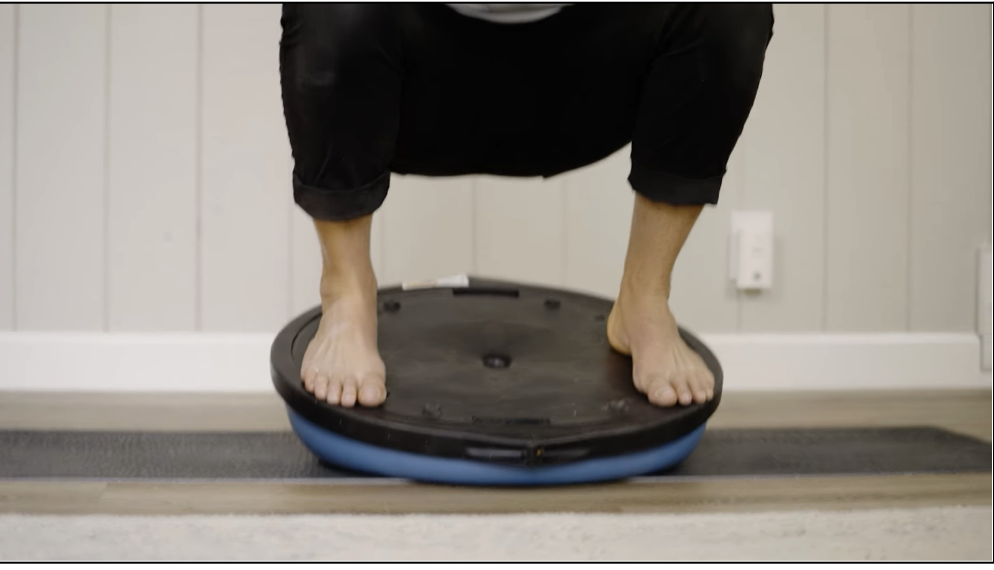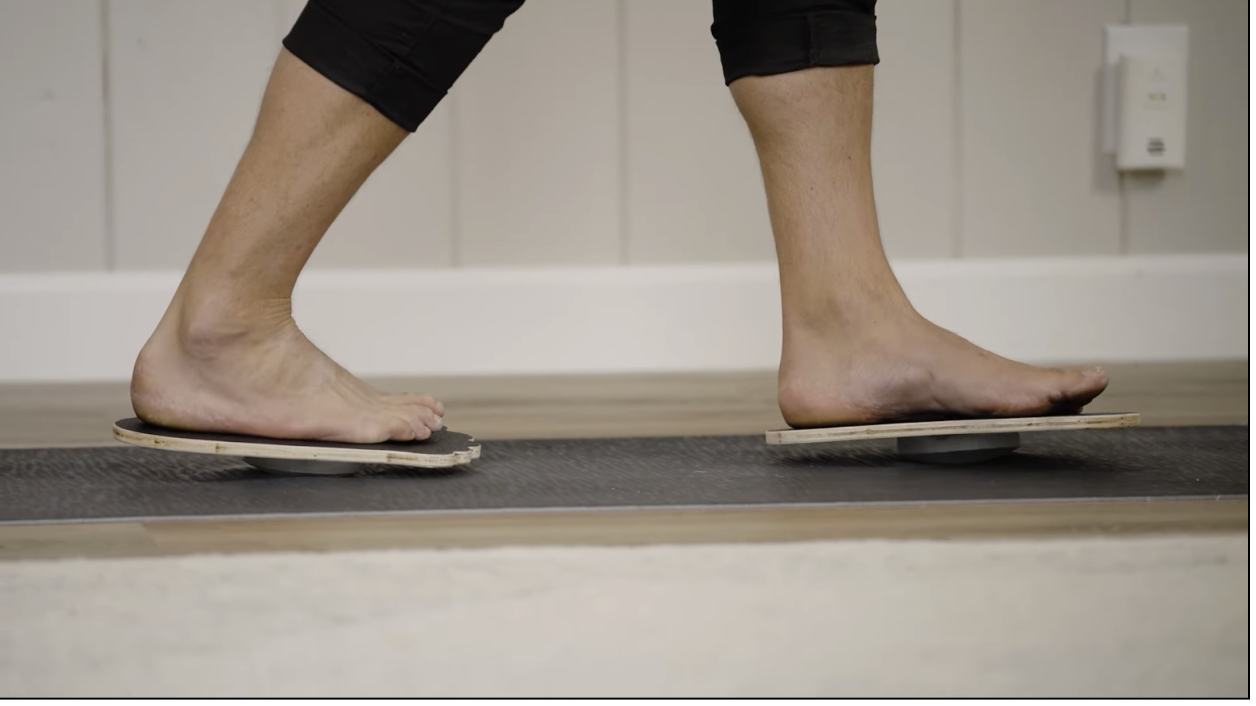3 Core Exercises to Boost Lumbar Support & Reduce Back Pain
Nov 13, 2025
Ever feel like your core workouts aren’t doing much for your back pain? Here’s a big reason why: it’s not just about crunches or six-pack abs. To really support your spine and reduce pain, you’ve got to train your deep core, and that means challenging your balance in the right way.
Why Balance Work Helps Your Core (and Your Back)
When you create an unstable surface, something your body has to figure out, your deep core muscles are forced to step in. I’m talking about muscles like the transverse abdominis, internal and external obliques, and even the pelvic stabilizers. These aren’t the showy muscles, but they’re the ones that actually protect your spine and help you move well.
But here’s the problem: for a lot of us, these muscles are asleep. We call it deep core amnesia. Your body’s learned to get by without them. So we’ve got to wake them up. And one of the best ways to do that is by training your balance.
So let’s walk through three practical ways to do exactly that.
Exercise #1: Single-Leg Training (No Equipment Needed)
This is the simplest place to start, and honestly, it’s super effective.
What to do:
- Stand on one leg. That’s it. Start there.
- Once you’re stable, try bending your knee slightly or reaching your opposite foot back like you’re mid-run.
- In Core Balance Training, we call this the Running Man.
You’re not just testing your balance here, you’re also training hip mobility, core stability, and full-body coordination. And yep, it’s humbling. You’ll probably notice one side is way harder than the other. That’s a good thing. It shows you where you’re imbalanced. Do more on the side that’s challenging, to help it catch up.

Pro tip: You can turn almost any strength move into a core challenge just by going single leg. Try a military press or even a bicep curl while standing on one foot.
Exercise #2: Bosu Ball Work (For Deeper Core Activation)
If you’ve got access to a Bosu ball, this tool is a game-changer.
Half squishy dome, half flat platform, either side creates instability that makes your core work harder just to keep you upright.
Try these:
- Two-foot balance: Stand still and feel the micro-adjustments in your ankles and core.

- Squats on the dome: Great for ankle mobility and core coordination.

- Single-leg Bosu balance: Now we’re really cooking. Just standing here can light up muscles you forgot you had.

The key is this: engage your core before you move. If your abs aren’t supporting you, your ankle and hip joints have to do all the work, and that leads to compensation (and potential pain).
Want to find out which side of your body is weaker? Try switching feet mid-set and doing heel touches or light reaches. You’ll feel the difference right away.
Exercise #3: Bigfoot Balance Boards (Advanced, but Awesome)
I’ve been testing out a prototype called Bigfoot Balance Boards, and I’ve got to say, they’re quickly becoming my favorite tool.
Here’s why:
- Each foot is on its own unstable surface.
- Your core has to work like crazy to stay balanced.
- You’ll feel tiny stabilizing muscles in your ankles, hips, and spine firing up like never before.
This is especially helpful if you’ve had ankle injuries, like I have. It’s also great for activities that involve rotation and shifting weight, things like surfing, skating, even trail hiking.

And yeah, when these things hit the market, I’ll drop a link because they’re legit.
A Final Thought on Core Engagement
Now remember, just because you’re doing a balance exercise doesn’t mean your core is actually engaged. That’s the trick. A lot of people compensate with their hips or ankles and totally miss the point.
So before you start:
- Exhale all of your air out.
- You’ll feel your abdominal muscles wake up.
- Keep that subtle activation while you move.
When you get it right, the difference is wild. Your back feels more supported, your knees stop overworking, and your posture just naturally improves.
Try It and See for Yourself
Start with one of these exercises today. Seriously, just try standing on one foot while brushing your teeth or folding laundry. You’ll be surprised at how much your core has to say about your balance. Drop a comment and let us know how it goes!
And if you’re curious about how to actually build this deep core support in a step-by-step way, I teach it all in Core Balance Training. We’ve got a free 7-day trial, and we focus on exactly this kind of foundational movement. Once your core is awake, we dive into teaching you how to integrate this core engagement into all the things you do in life, not just standing on an unstable surface.
It’s not about doing more, it’s about doing it right.
Until next time, get down on the floor and connect to your core. Your spine will thank you for it.














